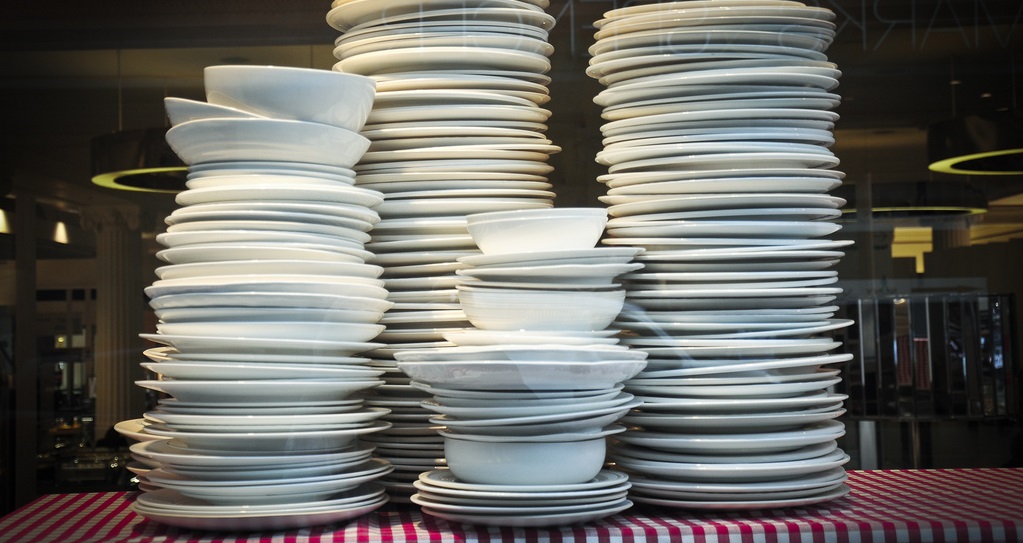Checkout using your account
Checkout as a new customer
Creating an account has many benefits:
- See order and shipping status
- Track order history
- Check out faster
Monthly Archives: November 2018
-
Read more »
Should You Connect a Commercial Dishwasher to a Grease Trap?
At the onset of one of the busiest times of year, professional kitchens are under immense pressure in every sense. Tackling extra stock in the kitchen combined with extra tables to be served, all whilst fulfilling the high expectations of guests are just some of the challenges without even starting on the quantity of extra dishes and cookware that need washing.
Menus will be packed with traditional fare including pigs in blankets, a good selection of meats, roast potatoes and roasted vegetables; Christmas wouldn’t be the same without them. Unfortunately, the side effects of these festive favourites is an increased production of fats, oils and grease (or FOG).
-
Read more »
Clearing the FOG After Bonfire Night
Although fatbergs can form at any point throughout the year, late autumn and winter offer prime conditions to cultivate the real monsters. Cold weather will often lead the population towards hearty foods, dishes typically associated with more FOG producing potential. Warming classics such as stews, roasts and soups are a regular occurrence with Bonfire night alone seeing a marked increase in greasy favourites such as burgers and sausages a decent helping of fried onions. Unless impeccable levels of grease management are continuously practiced, there’s a good chance of higher quantities of FOG being introduced to the sewer system. More FOG = more fatberg building materials.
This time of year also sees dramatically colder weather. A drop in temperature leads to sewer pipes being generally colder, meaning that FOG solidifies more quickly. Rapidly solidifying FOG means fatbergs are formed in less time. Combine this with the increase in fats, oils and grease and it’s a recipe for disaster.


